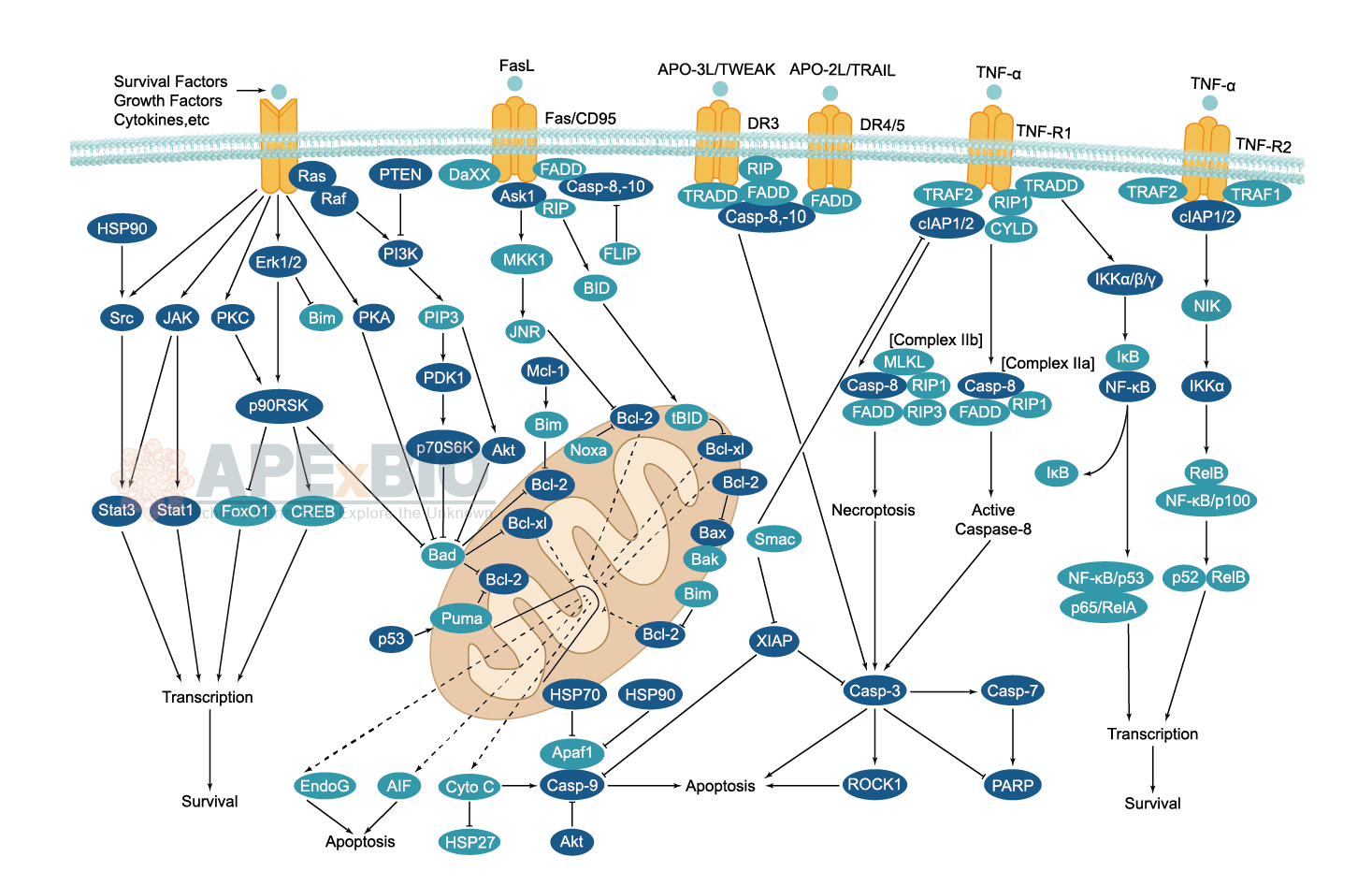Apoptosis
Apoptosis, also known as programmed cell death, is rigorously controlled process of cell death that leads to phagocytosis of unwanted cell. It is triggered after sufficient cellular damage and activated through extrinsic or intrinsic pathways. The intrinsic pathway is mainly occurs via release of cytochrome c from the mitochondria and regulates mitochondrial outer membrane permeabilization by Bcl-2 family proteins. The extrinsic pathway is induced by ligand binding to death receptor, such as Fas, TNFαR, DR3, DR4, and DR5. Caspases then cleave target proteins and nuclear lamins to promote DNA degradation, resulting apoptotic cells undergo phagocytosis. In addition, p53 has the ability to activate intrinsic and extrinsic pathways of apoptosis by inducing transcription of several proteins like Puma, Bid, Bax, TRAIL-R2, and CD95.
Some Inhibitors of apoptosis proteins (IAPs), such as XIAP/BIRC4 and Bruce/BIRC6, can block casapse activity through direct binding, while other IAPs, such as cIAP1/BIRC2, cIAP2/BIRC3, act as ubiquitin ligases that target caspases for ubiquitin-mediated degradation. Apoptosis is essential for growth, development and aging in multicellular organisms. Any alterations or abnormalities occurring in apoptotic processes contribute to development of human diseases, including cancer.
-
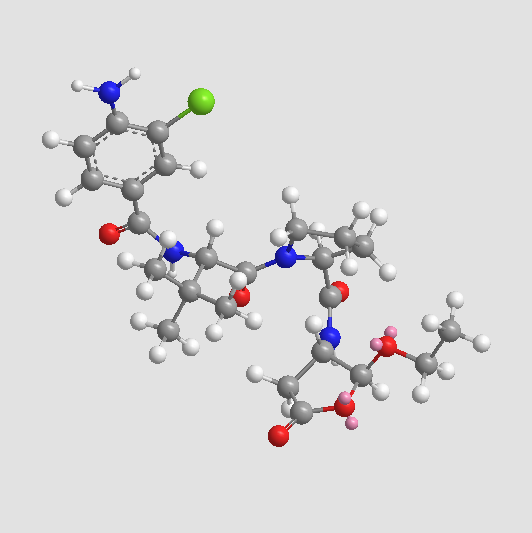 A8238 VX-76513 CitationTarget: CaspasesSummary: Caspase-1 inhibitor,potent and selective
A8238 VX-76513 CitationTarget: CaspasesSummary: Caspase-1 inhibitor,potent and selective -
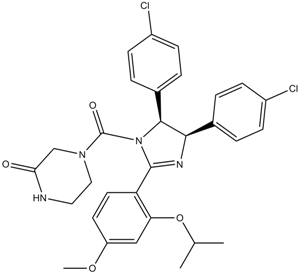 A2005 Nutlin-3bTarget: p53-MDM2 interactionSummary: MDM2/p53 inhibitor
A2005 Nutlin-3bTarget: p53-MDM2 interactionSummary: MDM2/p53 inhibitor -
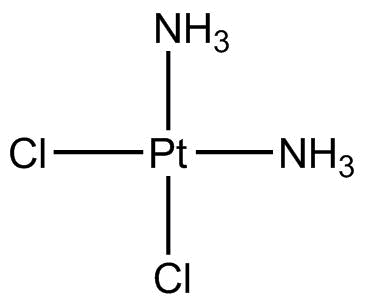 A8321 Cisplatin35 CitationSummary: chemotherapeutic compound
A8321 Cisplatin35 CitationSummary: chemotherapeutic compound -
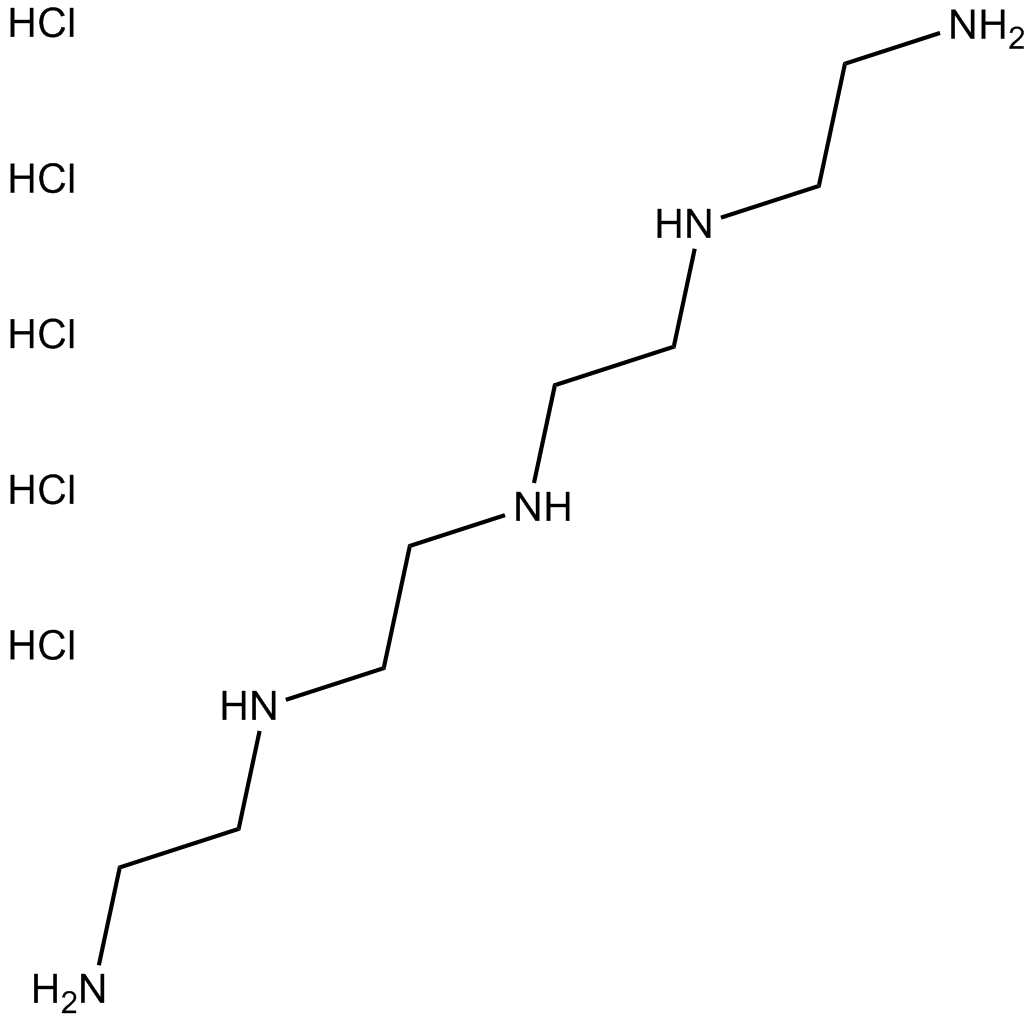 A8535 Tetraethylenepentamine 5HClSummary: polyamine catalyst for the bisulfite reaction of cytosine
A8535 Tetraethylenepentamine 5HClSummary: polyamine catalyst for the bisulfite reaction of cytosine -
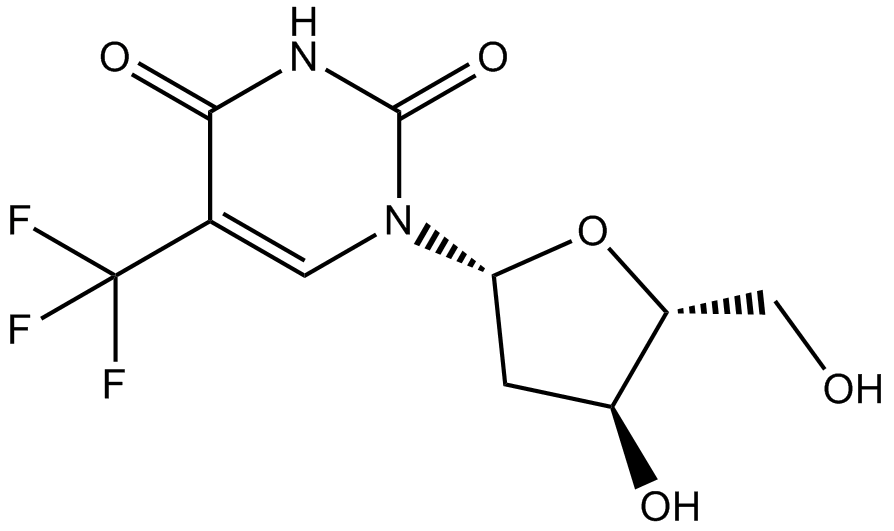 A8542 Triflurdine (Viroptic)Summary: Anti-herpesvirus antiviral drug
A8542 Triflurdine (Viroptic)Summary: Anti-herpesvirus antiviral drug -
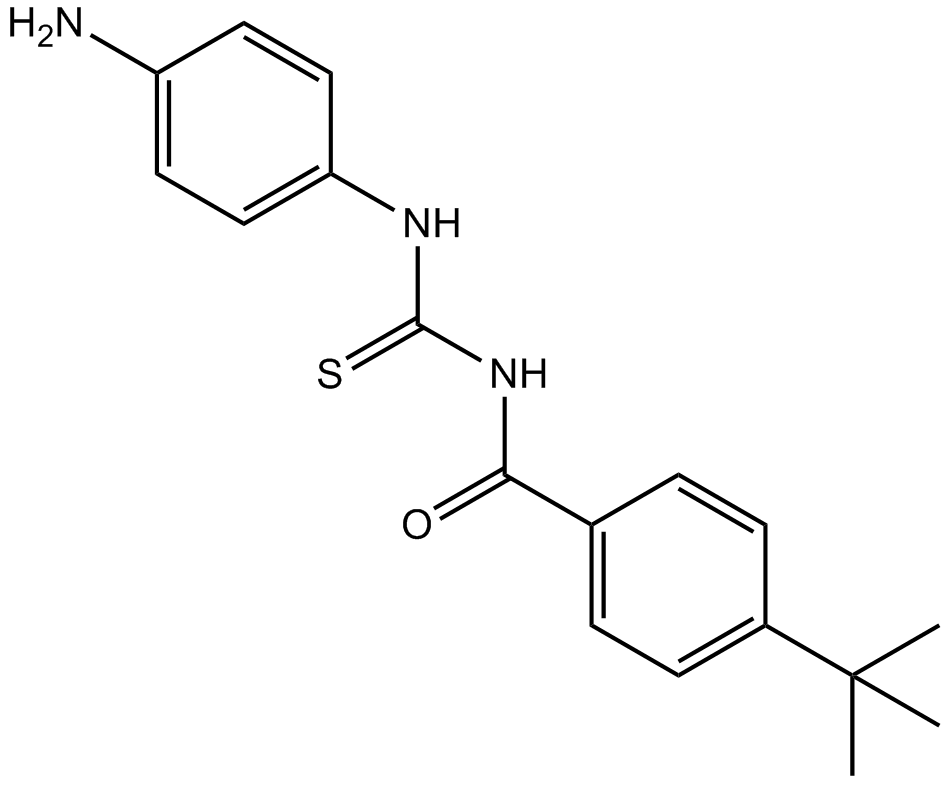 A8567 Tenovin-3Summary: p53 activator
A8567 Tenovin-3Summary: p53 activator -
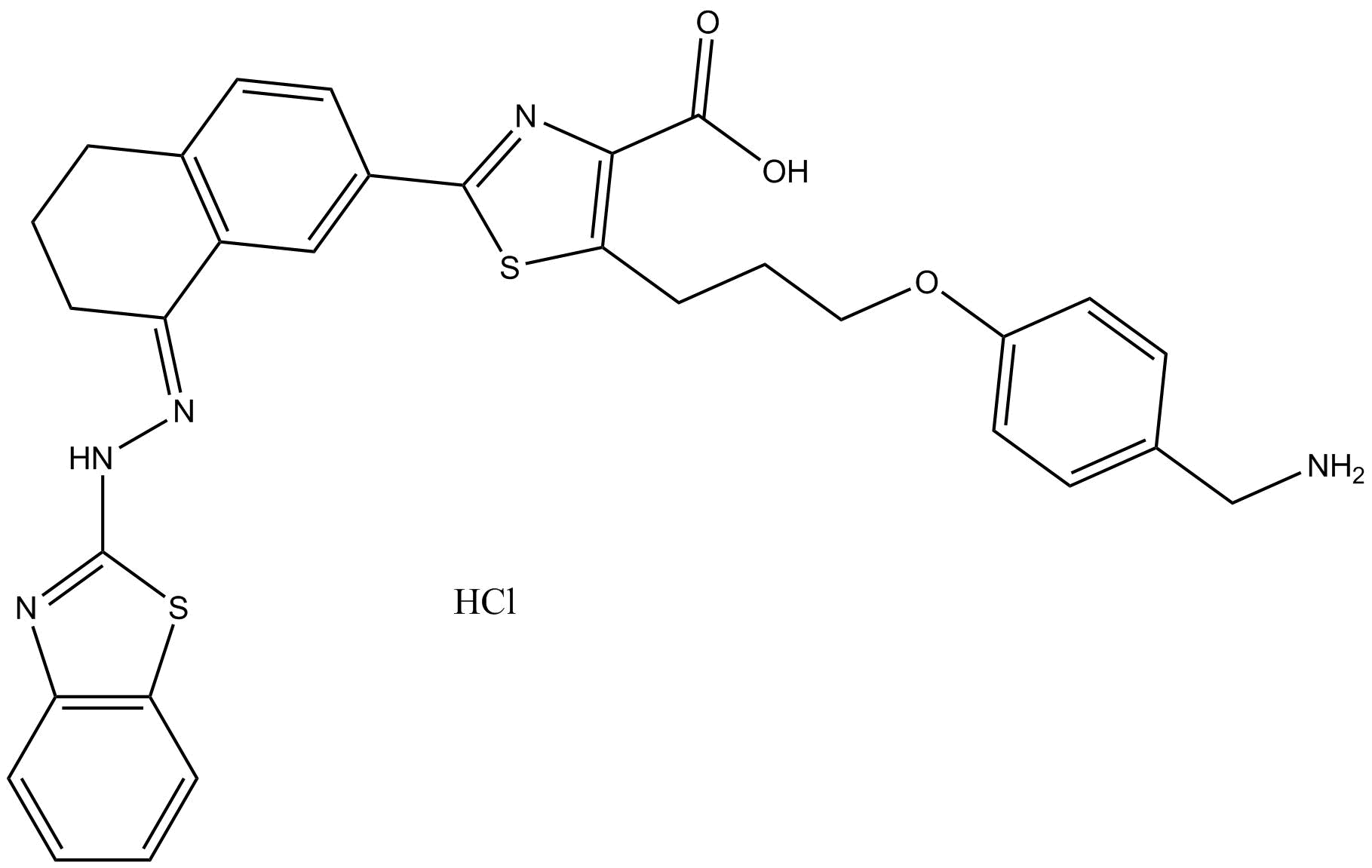 A8634 WEHI-539 hydrochloride1 CitationSummary: Bcl-xL inhibitor,high affinity and selective
A8634 WEHI-539 hydrochloride1 CitationSummary: Bcl-xL inhibitor,high affinity and selective -
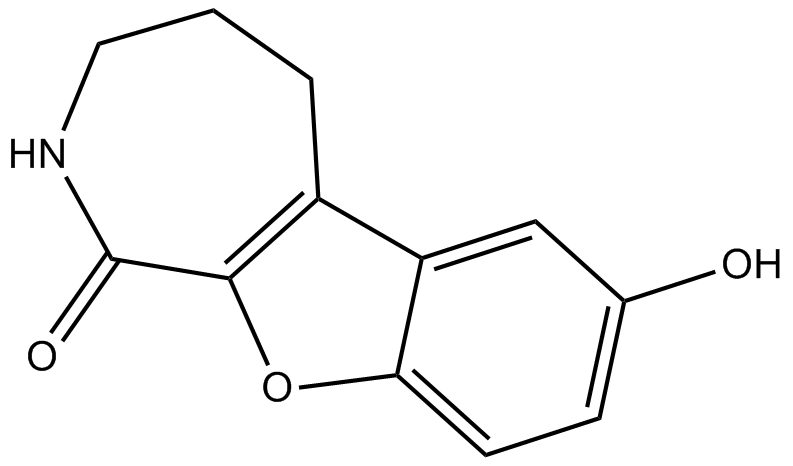 A8678 CID 755673Target: PKDSummary: PKD inhibitor
A8678 CID 755673Target: PKDSummary: PKD inhibitor -
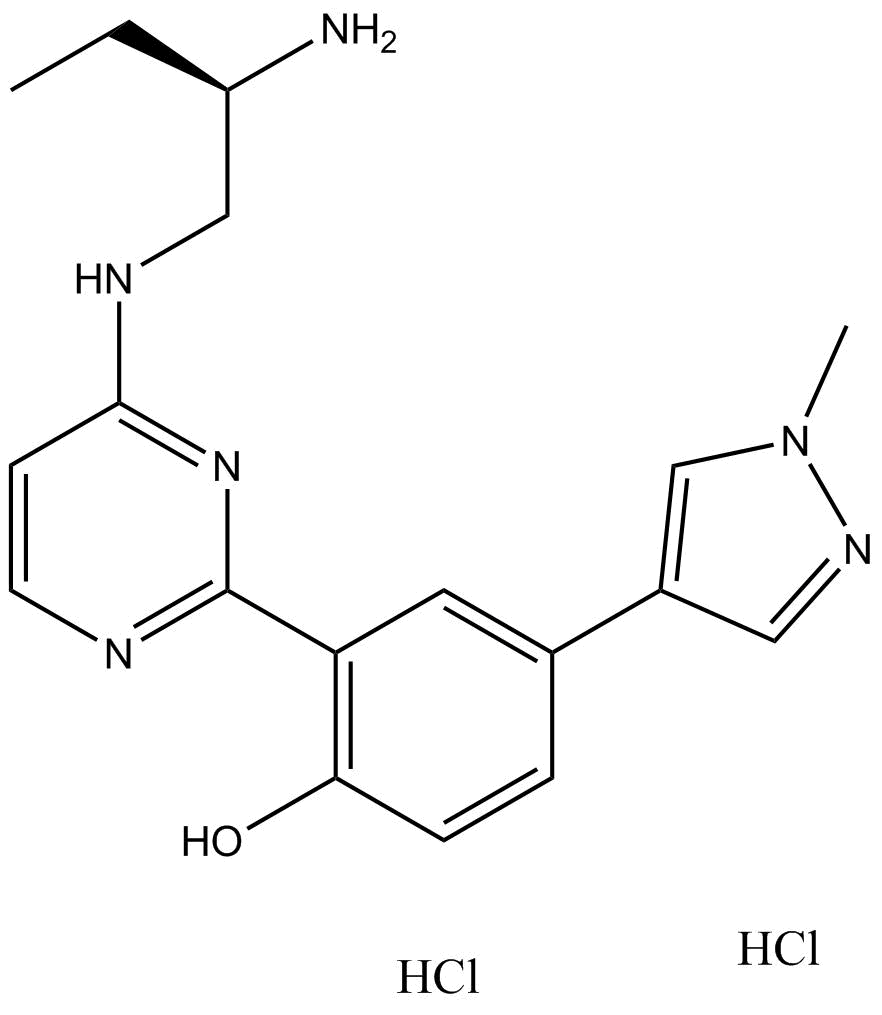 A8679 CRT 0066101Summary: PKD inhibitor
A8679 CRT 0066101Summary: PKD inhibitor -
 A9901 Caspase Inhibitor Set ISummary: Caspase Inhibitors
A9901 Caspase Inhibitor Set ISummary: Caspase Inhibitors



